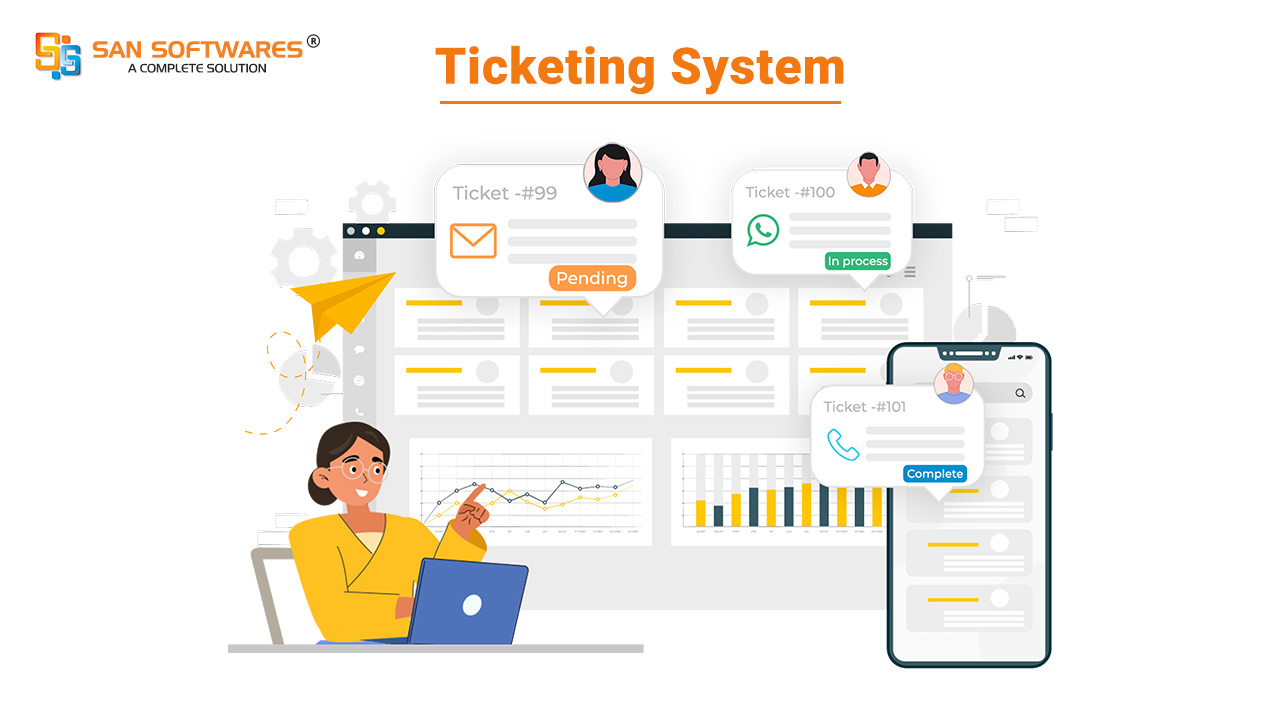In the changing world of mobile applications, creating a scalable, dependable, and efficient platform is critical, especially for an Uber-like app. One of the key facilitators of this scalability is cloud computing. As businesses attempt to handle large amounts of data, respond in real-time, and create seamless user experiences, cloud computing emerges as an essential tool. This blog will delve into the several reasons why cloud computing is critical for expanding your Uber-like app development, including its benefits, implementation tactics, and the role it plays in assuring the app’s success.
Understanding Cloud Computing
Cloud computing involves delivering various services over the internet, including data storage, servers, databases, networking, and software. Instead of owning their own computing infrastructure or data centers, companies can rent access to anything from applications to storage from a cloud service provider.
The main types of cloud computing include:
- Infrastructure as a Service (IaaS): Provides virtualized computing resources over the internet.
- Platform as a Service (PaaS): Offers hardware and software tools over the internet.
- Software as a Service (SaaS): Delivers software applications over the internet, on a subscription basis.
The Necessity of Cloud Computing for Uber-like Apps
1. Scalability
One of the foremost advantages of cloud computing is its ability to scale resources up or down based on demand. For an Uber-like app, this is particularly crucial. During peak hours, such as weekends or holidays, the number of users and ride requests can surge dramatically. Cloud infrastructure allows you to handle this increased load seamlessly without any downtime or performance degradation.
- Elasticity: Cloud computing platforms like AWS, Azure, and Google Cloud offer elastic services that automatically adjust resources in response to traffic. This means that during high demand, additional resources are allocated, and during low demand, resources are scaled back, optimizing cost and performance.
- Load Balancing: Cloud providers offer load balancing services that distribute incoming network traffic across multiple servers. This ensures no single server is overwhelmed, enhancing the app’s performance and reliability.
2. Cost Efficiency
Building and maintaining physical servers is capital-intensive and involves significant ongoing operational costs. Cloud computing, on the other hand, operates on a pay-as-you-go model, meaning you only pay for the resources you use.
- Reduced Infrastructure Costs: There’s no need to invest heavily in physical hardware, data centers, or related maintenance.
- Operational Efficiency: Cloud services are managed by providers, reducing the need for in-house IT management. This frees up resources to focus on improving the app itself rather than managing infrastructure.
3. Global Accessibility and Low Latency
To provide a seamless user experience, especially for a ride-hailing app like Uber, it is essential to have low latency and high availability. Cloud computing offers:
- Global Reach: Leading cloud providers have data centers around the world. This allows your app to provide quick and reliable access to users regardless of their location.
- Content Delivery Networks (CDN): CDNs cache your app’s content in various global locations, reducing latency by delivering content from the nearest server to the user.
4. Data Management and Analytics
An Uber-like app generates vast amounts of data every second. Managing and analyzing this data efficiently is crucial for improving services and making informed decisions.
- Big Data Processing: Cloud platforms provide tools to handle large-scale data processing. Services like AWS Redshift, Google BigQuery, and Azure Synapse Analytics allow you to analyze vast amounts of data in real-time.
- Real-Time Analytics: Cloud computing supports real-time analytics, enabling you to monitor the performance of your app, track user behavior, and make data-driven decisions promptly.
5. Security and Compliance
Security is a paramount concern for any application dealing with sensitive user information. Cloud service providers invest heavily in security measures to protect data.
- Advanced Security Features: Cloud platforms offer robust security features, including encryption, firewalls, identity and access management, and threat detection.
- Compliance: Major cloud providers comply with various international standards and regulations, ensuring that your app meets necessary legal requirements.
6. Disaster Recovery and Business Continuity
Unexpected events like server failures, natural disasters, or cyber-attacks can disrupt services. Cloud computing offers robust disaster recovery solutions to ensure business continuity.
- Automated Backups: Cloud providers offer automated backup solutions to ensure that data is regularly backed up and can be restored quickly.
- High Availability: With multiple data centers and redundant systems, cloud providers ensure high availability of services, minimizing downtime.
Implementing Cloud Computing in Your Uber-like App
1. Choosing the Right Cloud Provider
Selecting a cloud provider is a critical decision. Consider factors such as cost, available services, global presence, and support. Leading providers include:
- Amazon Web Services (AWS): Known for its extensive services and global infrastructure.
- Microsoft Azure: Offers strong integration with Microsoft products and enterprise services.
- Google Cloud Platform (GCP): Renowned for its data analytics and machine learning capabilities.
2. Architecture Design
Designing the architecture of your Uber-like app for the cloud involves several considerations:
- Microservices Architecture: Break down your app into smaller, independent services that can be developed, deployed, and scaled independently. This enhances flexibility and scalability.
- Containerization: Use containers (e.g., Docker) to package and deploy your microservices. Containers ensure consistency across different environments and simplify the management of dependencies.
- Serverless Computing: Leverage serverless services (e.g., AWS Lambda, Azure Functions) to run code in response to events. This allows you to build scalable applications without managing the underlying infrastructure.
3. Continuous Integration and Continuous Deployment (CI/CD)
Implementing CI/CD practices ensures that your app can be updated frequently and reliably:
- CI/CD Pipelines: Set up CI/CD pipelines to automate the testing, building, and deployment of your app. This reduces the time to market and improves the quality of your app.
- Monitoring and Logging: Use cloud-based monitoring and logging services (e.g., AWS CloudWatch, Azure Monitor) to track the performance of your app, detect issues early, and ensure smooth operation.
4. Security Best Practices
Implementing robust security measures is crucial for protecting your app and its users:
- Identity and Access Management (IAM): Use IAM to control who can access your resources and what actions they can perform.
- Encryption: Encrypt data both at rest and in transit to protect it from unauthorized access.
- Regular Audits: Conduct regular security audits and vulnerability assessments to identify and mitigate potential risks.
Case Study: Uber’s Cloud Journey
Uber’s transition to the cloud offers valuable insights into the benefits and challenges of cloud computing:
- Hybrid Cloud Strategy: Uber adopted a hybrid cloud strategy, leveraging both on-premises infrastructure and cloud services. This allowed them to balance performance, cost, and flexibility.
- Data Analytics: Uber utilizes cloud-based data analytics to optimize routes, forecast demand, and improve overall efficiency. This has significantly enhanced their ability to provide timely and reliable services.
- Scalability: The use of cloud computing has enabled Uber to scale their services globally, ensuring they can meet the demands of millions of users simultaneously.
Conclusion
Cloud computing is critical for scaling an Uber-like app due to its scalability, cost-effectiveness, worldwide accessibility, comprehensive data management, security, and disaster recovery capabilities. By integrating cloud services, you can ensure that your app provides a seamless and reliable experience to users, regardless of their location or time of day. Furthermore, cloud computing enables quicker innovation and shorter time-to-market for new features. Implementing cloud computing takes meticulous preparation and execution, but the advantages far exceed the drawbacks, making it an essential component of any successful Uber-like app.



